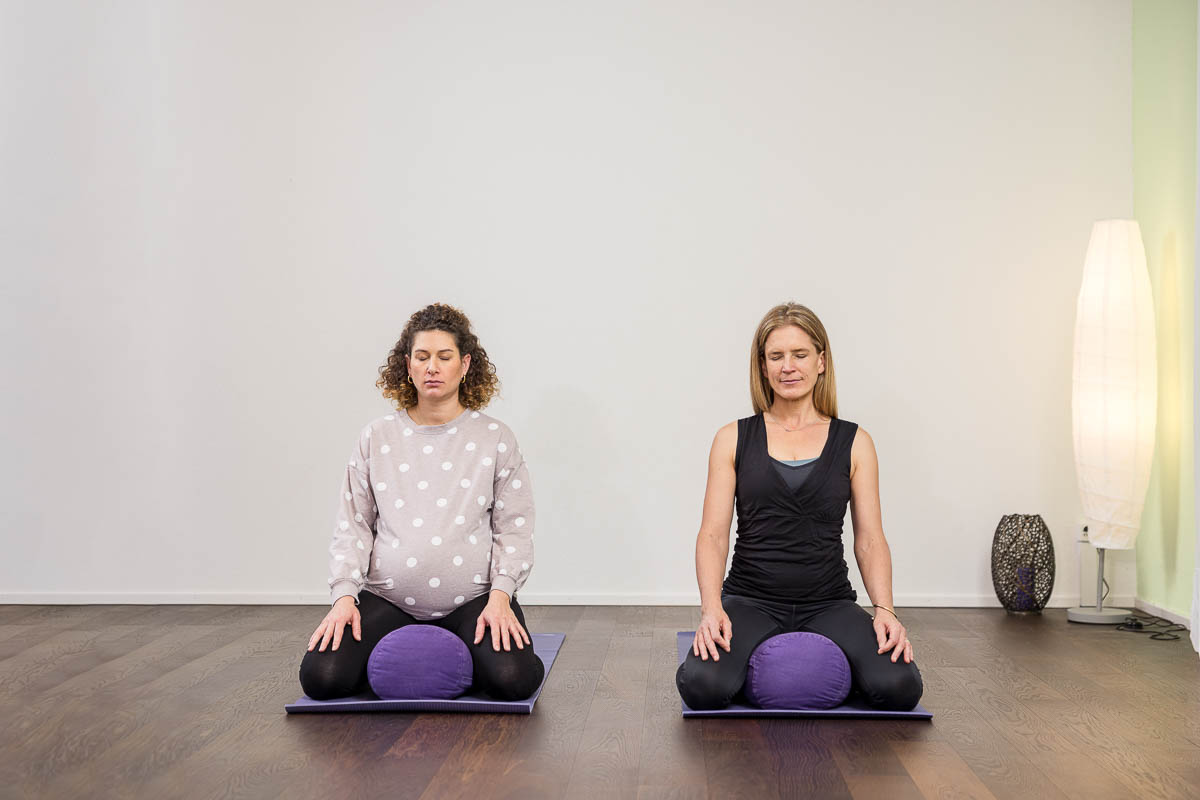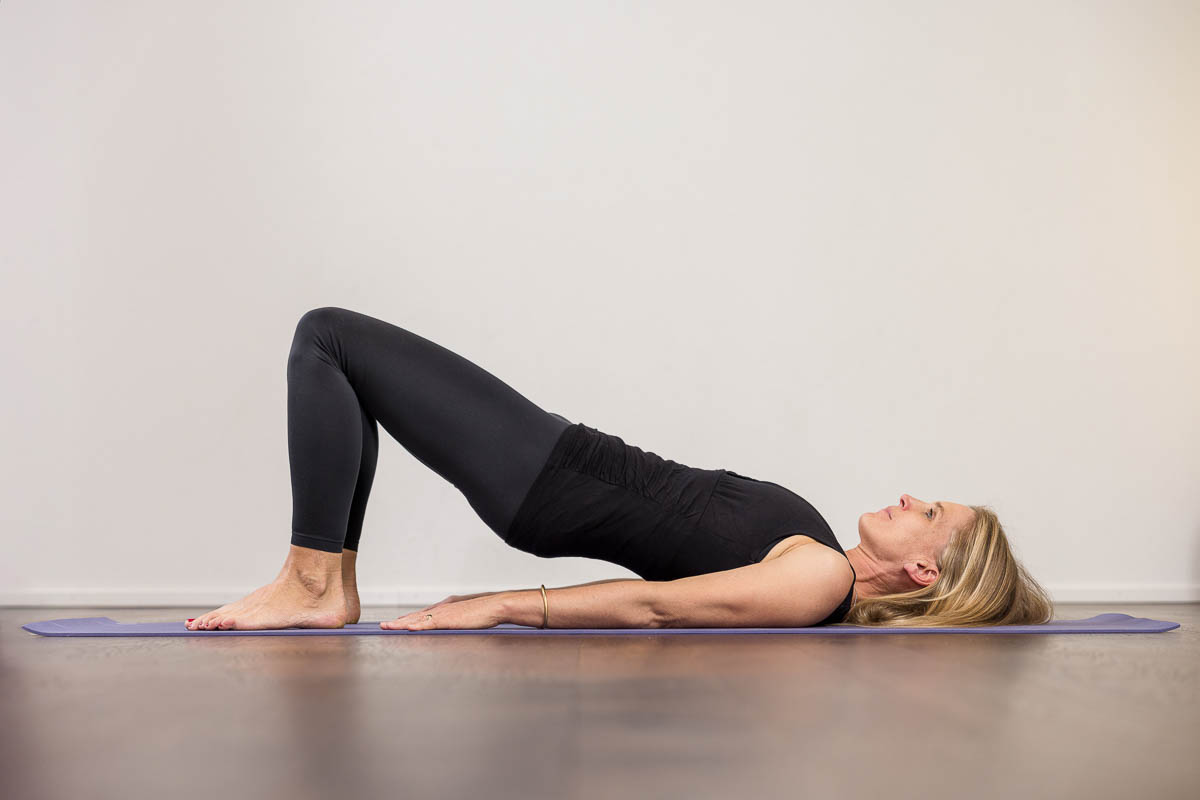by Imke Albrecht

The uterus is your baby’s home, where it grows.
The uterus, as the medical term goes, is a small organ weighing around 60 grams when unpregnant.
From 60 to 1000: the enormous growth of the uterus
Due to cell growth and cell multiplication, the uterus – without the child – weighs around 1 kilo at birth!
No wonder you women not only feel your baby kicking, but also your uterus. It pulls and pinches and stretches and stings in the groin of many women.
Ligament stretching pain: actually a reason to be happy
This is the uterus, or rather the ligaments that fix the uterus in the pelvis. You have 7 of these retaining ligaments on the left side and 7 on the right side of the uterus. These ligaments are constantly stretched during rapid growth, causing the typical ligament stretching pain.
This can be unpleasant, but is actually a good sign that everything is growing and thriving. Occasionally, women mistake this pain for premature labor. A very good distinguishing feature is whether your stomach becomes very hard at the same time as you feel this pain. Then the uterine muscle contracts at that moment – you have a contraction. Which is also totally good and important as long as these contractions are not regular and not painful.
If, on the other hand, the abdomen is soft, then it is really the tension on these ligaments.

The uterus grows from 60 to 1000 grams. And over 1000 liters are pumped towards the placenta and baby every day.
1080 liters of blood for the uterus! Every day.
During pregnancy, the uterus is increasingly supplied with blood to supply the baby via the placenta. In the 10th week of pregnancy, 100 ml/minute flow through the uterus.
Towards the end of pregnancy, the value is 750 ml/min. That makes 45 liters in one hour.
And 1080 liters/ per day that are pumped through your uterus to the placenta! A huge number!
The growth in size and the amount of blood are very impressive. But what fascinates me even more is the fact that the uterus has to perform 2 completely contradictory tasks.
On the one hand, it is the cocoon, the nest of your baby. The small embryo and later the fetus and then the mature unborn child should grow up safely protected. We expect the muscles to contract enough for blood flow during contractions, but not too much. Under no circumstances should the cervix, the neck of the uterus, shorten prematurely. We hope that we will be able to go about our normal everyday lives with sport etc. After 40 weeks, expectations of the uterus are reversed. Now we want strong contractions that deliver the baby as quickly as possible and preferably without pulling on the ligaments, as this is the pain we feel during birth. The cervix and cervix should be opened easily and softly by the contractions.
If you were to place this expectation on a team of engineers, it would probably be quite a challenge. But in most cases, this works quite well in our bodies in nature. But perhaps respecting this process also helps us to accept that it sometimes takes a little longer the first time, and that there are creaks and hitches here and there. And yet it really is a miracle to give birth to a healthy baby in half a day after 40 weeks. You can give your tummy a nice pat and murmur a “thank you” to the organ inside. Because it deserves it.
Let’s go back to the crazy increase in blood flow. So much more blood volume needs thicker pipelines! Your blood vessels are therefore widened by the hormone progesterone. This widening of the blood vessels is important and desired here, but unfortunately also takes place in other places in the body, as it is not possible to differentiate where the vessels should be widened and where not. Unfortunately, this can cause a whole range of “undesirable side effects”, which I describe in the article“Edema, varicose veins” .
My courses
Similar posts
As a midwife and lactation consultant in the postpartum period, I see a lot of parents who overshoot the mark in their desire to do everything perfectly. Or simply can’t see the wood for the trees because of all the controversial answers. The topic of “sterilization” is a small example where I often think that
For some years now, it has been recommended that expectant parents have themselves vaccinated against pertussis during pregnancy. As a midwife, I am often asked in my antenatal classes whether I recommend the pertussis vaccination or not. What is pertussis? Pertussis is the technical term for whooping cough. I myself have never experienced this disease
A suction cup could change the shape of the baby’s head – this worry or myth crops up again and again in my antenatal classes here in Zurich. This is of course a frightening thought for parents-to-be shortly before the birth! Is there any truth to it or why is it told so persistently? Suction







